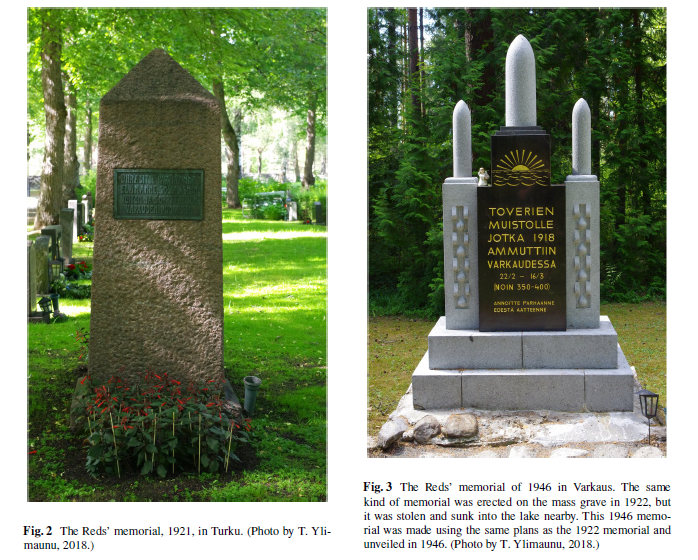This article explores the construction of Finland’s national narrative following its independence in 1917, focusing on how the country has remembered and represented its traumatic civil war of 1918. Finnish historical memory has long struggled to integrate this conflict—particularly its internal divisions—into the broader framework of national heritage.
While the state largely rejected public monuments commemorating the defeated “Reds”—the socialist faction in the war—survivors, families, and allies of the Reds took it upon themselves to create a memorial landscape. These unofficial monuments emerged across mass graves, execution sites, and former prison camps throughout the country.
The study examines how these grassroots commemorative efforts negotiated, challenged, and ultimately reshaped dominant historical narratives. Often located outside urban centers, these 13 monuments—erected between 1920 and 1939, and again during or after World War II—represent both a form of resistance and a step toward reconciliation. Through these acts of memory, alternative understandings of the civil war took shape, fostering counter-narratives and emotional truths excluded from state-sanctioned history.
More, here

